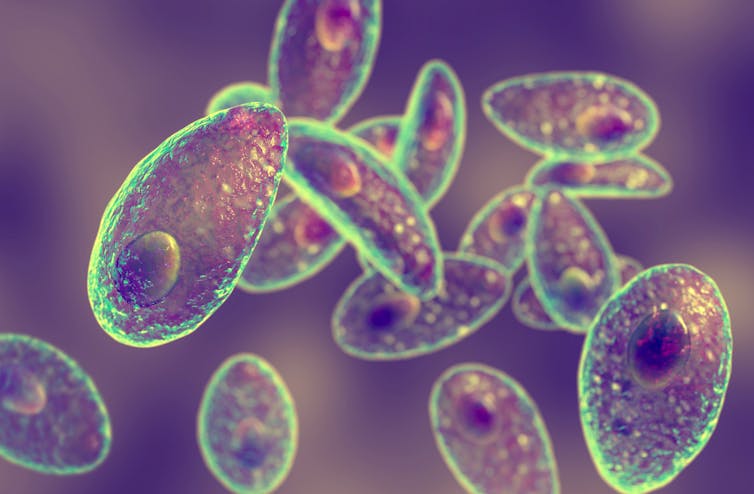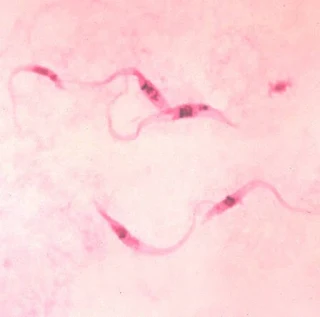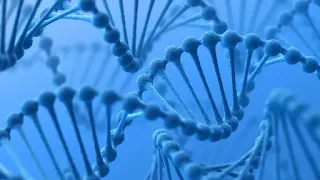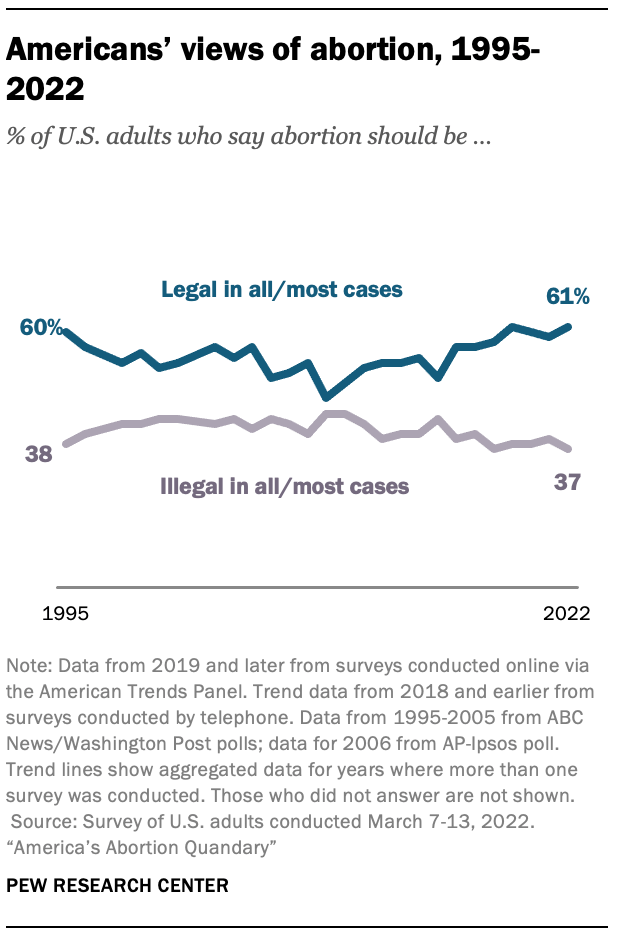
The Cathedral of Our Lady of the Angels in Los Angeles
Seat of Archbishop Jose H. Gomez
Credit: David Castor/public domain.
In a desperate attempt to avoid paying out even more in compensation to the victims of predatory paedophile Catholic priest, nine of California's Catholic diocese and archdiocese have got together to petition SCOTUS to overrule the State of California's suspension of the statute of limitation (SOL) which bars victims from claiming for lapsed abuses. The state recently passed an order giving former victims a 3-year window of opportunity to register claims which would otherwise fall foul of the SOL.
Catholic priests often hide behind a SOL which serves them well, since many of their victims were young children at the time and at a time when sex was a taboo subject and society was more deferential to religious clerics than now, so children felt uncomfortable talking about their abuses. Indeed, that very culture was why so many priests felt confident they could get away with it. By the time their victims reached adulthood and the psychological effects of their abuse manifested themselves, it was too late to bring the case to court.
The bishops and archbishops behind the collective whinge are:
- Archbishop José H. Gomez of Los Angeles
- Bishop Kevin W. Vann of Orange
- Bishop Joseph V. Brennen of Fresno
- Bishop Daniel E. Garcia of Monterey
- Bishop Michael C. Barber of Oakland
- Bishop Jaime Soto of Sacramento
- Archbishop Salvatore Cordileone of San Francisco
- Bishop Oscar Cantú of San Jose
- Bishop Robert F. Vasa of Santa Rosa
In their petition, the bishops state:
Twenty years ago, California revived decades-old sexual-abuse claims, offering claimants a one-year window to sue even though the statute of limitations had expired long before. When that window closed at the end of 2003, the Catholic Church in California reached a series of settlements that paid out over a billion dollars without regard to the validity of any individual claim. The State tried to revive the same category of lapsed claims three more times between 2004 [*6] and 2018, but Governor Jerry Brown vetoed the bills each time. In 2019, however, the Legislature passed and Governor Gavin Newsom signed legislation reviving the claims for a second time, expressly seeking to impose "additional punishment" on the Catholic Church and other institutions for their past acts. This time, defendants' past conduct is subject not only to claims for compensatory and punitive damages that were previously time-barred twice over, but also to additional penalties (in the form of "treble" damages) based on a newly defined category of "cover up" activity.
The final sentence shows that the real concern of these bishops and archbishops: as well as the new claims for compensation they could face, they could face additional claims for compensation for "cover up" activity. A theme running through many of these abuse cases is that the church systematically covered up and thereby facilitated the abuses. Known abusers were allowed to continue to work in positions which gave them access to more victims and those who knew of their predations failed to notify the law enforcement and child protection agencies.
Indeed, some of them were even party to the abuses themselves, having come through the same highly sexualised culture in Catholic seminaries. The objective was to defend the church at all costs and ignore any obligation they had for safeguarding against potential abuses. The sexual predilections of priests was ‘understandable’ given their ‘celibate’ lifestyle, so could be forgiven.
In the introduction to their 21-page petition, the petitioners make several statements of dubious validity. For example, in reference to the original one-year suspension of the the SOL three years ago:
After this one-year revival period ended, Petitioners reached a series of settlements that paid out more than a billion dollars to bring these matters [*9] to a close. To finance these settlements, they expended significant resources, sold vast swaths of Church property, and in some cases exhausted or relinquished insurance coverage for past and future abuse claims. In reaching these settlements, Petitioners relied on the explicit cutoff date in the California statute, which assured them that unasserted lapsed claims would be extinguished at the end of the one- year revival period.
That assurance proved to be false. In 2013, 2014, and 2018, the State attempted to enact additional revival statutes that would have allowed the same category of abuse claims to be asserted yet again.
In other words, we knew there were very many victims who had not come forward and we thought we had got away with those, so, it's not fair that these victims should also be given an opportunity to claim compensation. It is not true that the same victims would have been able to claim for the same abuses again although this statement clearly implies they would have. What this 3-year window offers victims is an opportunity to claim again against those who covered up their abusers’ crimes.
They go on to say:
After Governor Gavin Newsom took office, however, California enacted a new double-revival statute, now with a three-year revival window. This time, the new law not only revives old claims (including claims for punitive damages), but also adds [*10] new punishment in the form of treble damages for a novel category of "cover up" activity. As various legislators proclaimed, this "draconian" measure was designed to "drastically expand[] the actionable conduct" and to make defendants "hurt" by creating " another revival period" and by subjecting them to "additional punishment" for decades-old claims. Pet.App.166a, 170a, 177a, 179a.
California's double-revival statute violates the Constitution in two ways. First, it violates the Ex Post Facto Clause by imposing new punishments on past conduct and reviving claims for punitive damages. In Stogner v. California, 539 U.S. 607, 632-33 (2003), this Court identified punitive revivals as ex post facto violations. But California's courts, despite recognizing that the statute "has changed the legal consequences of past conduct," including by "imposing new or different liabilities," Pet.App.110a-11a, 123a-24a, have allowed these claims to proceed because they purportedly seek to impose only "civil" liability, Pet.App. 30a, 123a-24a. That holding conflicts with both this Court's precedents and the original understanding of the Ex Post Facto Clause, which prohibit retroactive punishment regardless of the label [*11] "civil" or "criminal," see E. Enters. v. Apfel, 524 U.S. 498, 538-39 (1998) (Thomas, J., concurring).
Second, the California statute also violates the Due Process Clause, which prohibits "retroactively . . . creat[ing] liability" by reviving certain time-barred claims. William Danzer & Co. v. Gulf & S.I.R. Co., 268 U.S. 633, 637 (1925). As an original matter, the Clause prohibited States from depriving defendants of ripened limitations defenses, which was understood to be a deprivation of property without due process of law. And while modern precedent has watered down that original rule, this Court's precedents still recognize that States cannot revive certain time-barred claims, particularly when it would impose a "special hardship[]." Chase Sec. Corp. v. Donaldson, 325 U.S. 304, 316 (1945). The paradigmatic example is when a State induces reliance on a statutory time bar but then pulls out the rug by reviving the expired claim, id.--exactly what happened here. Having made significant outlays in reliance on the cutoff date at the end of the last revival period, Petitioners now face potentially ruinous liability as a result of California's virtually unprecedented double-revival law.
[It's not obvious what the numbered asterisks in square brackets relate to in these quotations.]
Of course, the petitioners face 'potentially ruinous liability' not as a result of California's suspension of the SOL for 3 years, but because of the sexual predations of their paedophile priests, and in particular, for theirs and their predecessors’ criminal activity in covering up these abuses and failure to safeguard children in their care. And, again, they do not face renewed claims for abuses that have already been settled, but for new cases that can now come forward and especially for the 'new' offence of covering up.
An organisation which faces bankruptcy and an inability to continue because of its criminal activities does not deserve to continue, let alone have the highest court in the land guarantee their immunity from further claims for compensation on the grounds that they thought they had got away with it. The Catholic Church is massively wealthy but wants its victims to be denied adequate compensation in order to protect that wealth. Once again, the Catholic Church is putting the church and its finances above the needs of its victims.
What will be interesting is whether SCOTUS with its new right wing fundamentalist Christian majority, will come down on the side of abusers because they are Christians or on the side of their victims whom the law should be designed to protect.






























